
11 Dec Land of the Khmers – Phnom Penh and Siem Reap – Cambodia
“No page, no visa!”, the Cambodian immigration officer repeated to us at the tiny border stand. Bex’s passport was so heavily stamped that there wasn’t one entirely blank page to put the Cambodian visa sticker. We panicked. He was about to send us back to the US Embassy in Saigon,to get more passport pages. So we put on our sweetest faces, pleaded in easy English, and finally, he let us sign a form saying we agreed to let him cover up one of the fading stamps. We gave him a dollar to show our gratitude, as he returned the passport with a huge grin and said, “Welcome to Cambodia”.
And it was a fascinating welcome, despite the fact that we were soon packed like sardines into a tiny minivan. Cruising down a rural highway, primitive villages of wood huts built high on stilts lined the road, often painted red with blue shutters and surrounded by endless green farm lands, while dozens of golden, shiny Buddhist temples stood in great contrast to the poverty all around. Pickup trucks whizzed past, their open truck beds and roofs filled to the brim with passengers. At a ferry crossing, we were met by numerous women vendors, balancing plates of grilled sparrows and sauteed cockroaches, and young girls determined to sell us cold cokes. Their dark skin reflected the Khmer ethnicity and looked beautiful next to their bright white smiles. Though we’d spent a lot of time in Southeast Asia, Cambodia still felt exciting and new for us, still very unique to its neighbours.
Phnom Penh – Cambodia
We went straight to Cambodia’s commercial and political hub, the c apital city of Phnom Penh. In many ways, the city was worlds away from the Cambodia we had seen from the highway. Huge banks and hotels filled the many intersecting streets, and the road along the Tonle Sap River to the east of the city was lined with international restaurants and western-style bars. However, walking down the smaller streets, we still found ourselves enveloped in the sights and smells of a developing Asian country: sidewalk noodle-shops, hygienically questionable markets, ancient palaces and temple complexes, and families whizzing around on motorbikes. We explored much of this by foot or from the comfort of tuk-tuks, which had the nicest carriages we’d ever seen. And though it was the cool season, it was so hot and humid that we were always grateful to return to the luxurious pool and room at the Juliana Hotel. At times it felt weird to be the ‘rich tourist’ living in comfort or dining well at a chic cafe while legless landmine victims or poor vendors struggled next to us, and this made us want to know even more about the Cambodian’s plight and horrific history. In addition to reading about Cambodia’s many defensive wars, we watched a documentary about the genocidal Khmer Rouge and Pol Pot, the man who led the regime from 1975-1979, then spent a solemn afternoon at Toul Sleng Museum, the S-21 prison where thousands of Cambodians were tortured and killed. Knowing the details of what these people had to go through, even just recently, we were even more amazed at their warm nature, optimistic attitudes, and friendly demeanour.
Siem Reap – Angkor Wat – Cambodia
Another bus ride across the rural countryside that makes up most of Cambodia, and we arrived at Siem Reap, another place uncharacteristic of the country, filled with international influence and commercial activity. Thanks to world-famous Angkor Wat, Siem Reap is a money-making machine with enough tourists comforts to make you forget where in the world you are. But once again, it didn’t take much to find Cambodia amidst all this and we were intrigued by encounters with villagers, monks, and monkeys, and charmed by the personable, easygoing Cambodian guys who ran the places we stayed, Happy Guesthouse and Sidewalk Guesthouse. Of course, we mainly went to Siem Reap for the Angkor temples, which blew us away with their grandeur and intricate detail. We had to hire a tuk-tuk to take us around for the day, as there were dozens and dozens of temples spread out over 40 miles, all which were part of the ancient Angkorian Empire from the 9th to 12th centuries. At Angkor Wat, we climbed incredibly steep steps to reach buddhist shrines on the temple’s third tier for amazing views, then marveled at the bas-reliefs (carvings) which wrap completely around the first level. The carvings at Bayon temple were also fascinating, though the temple’s best features are the four enormous carved faces on each of the 37 towers. Ta Phrom temple, however, was completely different – a quiet, sprawling monastic complex covered in jungle overgrowth and roots from massive fig and silk-cotton trees – and provided hours of ‘Tomb Raider’ style exploration (the film was shot there!). We were happy to spend one long day at the temples, though many people easily spend three days or a week and still never run out of things to see. Another attraction, though, that we found equally rewarding, was the Mine Museum, where we learned more about how landmines continue to claim lives daily in Cambodia and around the world.
Our visit to Cambodia, however short this time around, was an eye-opener in many ways. Though we visited the two most commercial cities in a mainly rural country, we saw that outside of the trendy cafes and hotels Cambodia is still a baby in this developing world, possibly because it has only recently started its life over, started anew. We had a glimpse into an ancient empire – and how the remains of one can bring mass tourism and change to a place – and an education about war and genocide, and how it continues to affect people today. The people welcomed us openly, spoke frankly with us, and made us realize that visiting Cambodia can be a great holiday, but also so much more.
Cambodia Travel Tips:
- US dollars are the main currency used in Cambodia, though Riels are also accepted everywhere.
- You can get a Cambodian visa at the Vietnam/Cambodia border ($20 – in 2004). Make sure you have one whole page free in your passport for the visa sticker!
Rebecca Rasmus – Written in 2004 – Cambodia


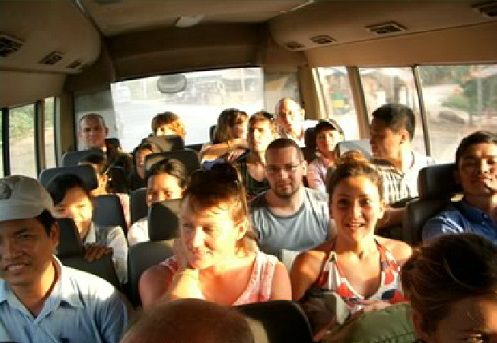
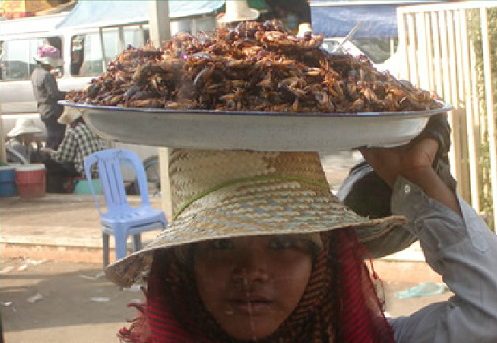
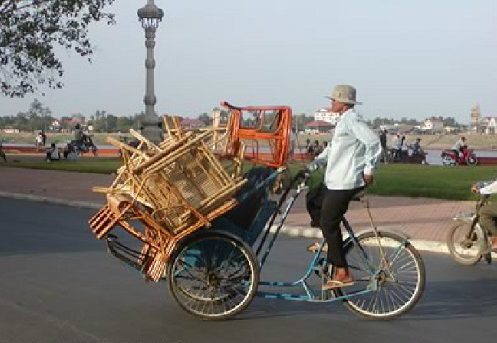
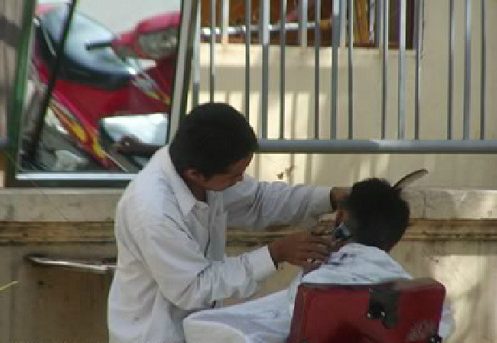
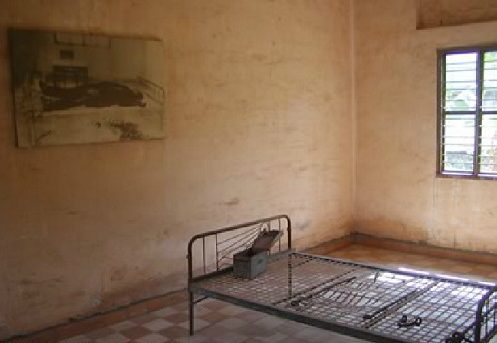
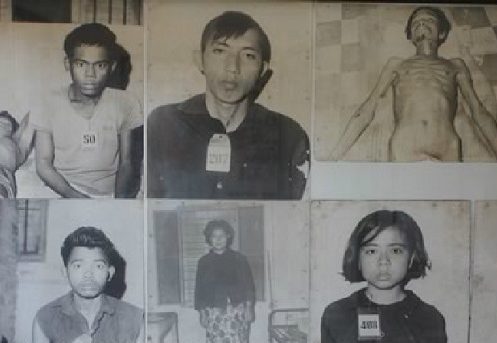
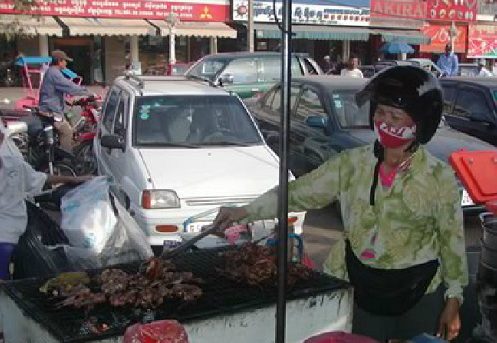

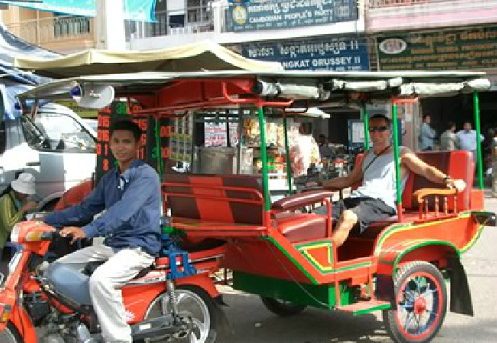
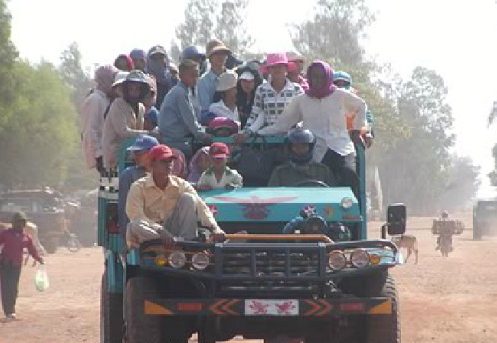
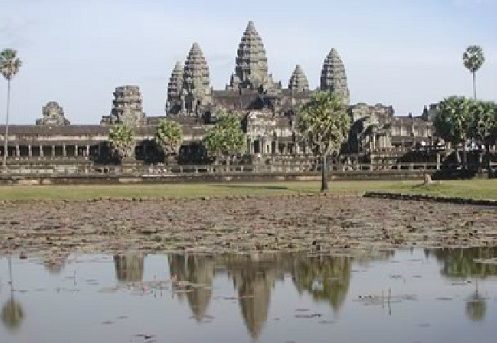
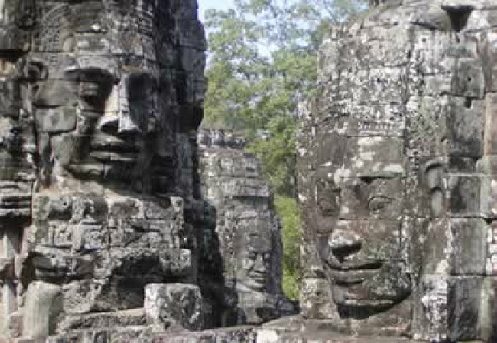
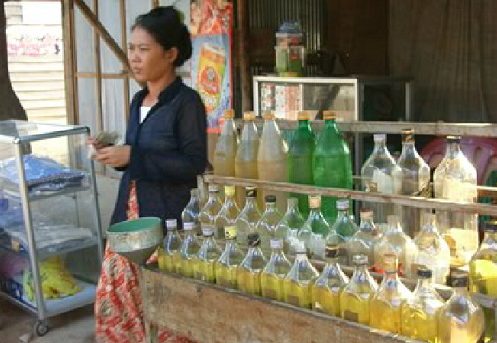
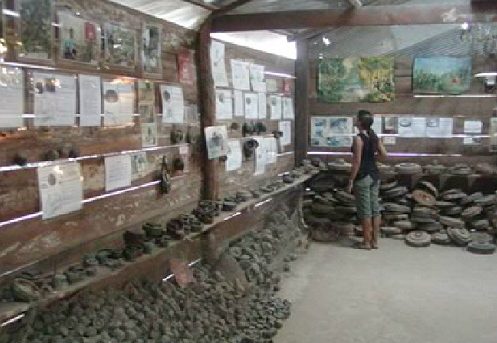
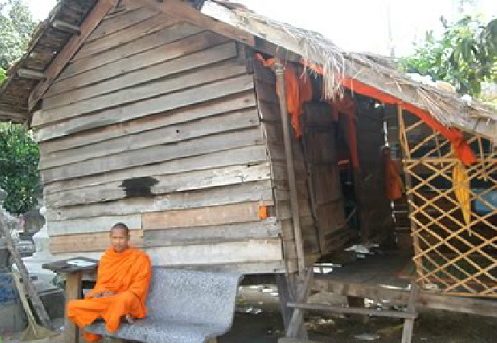
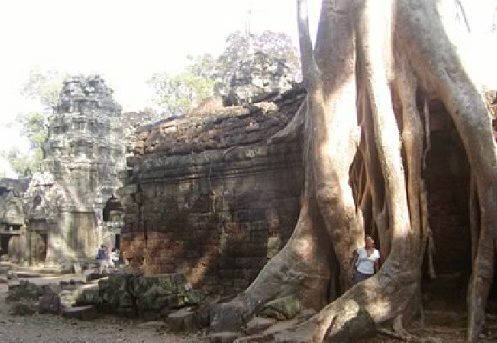
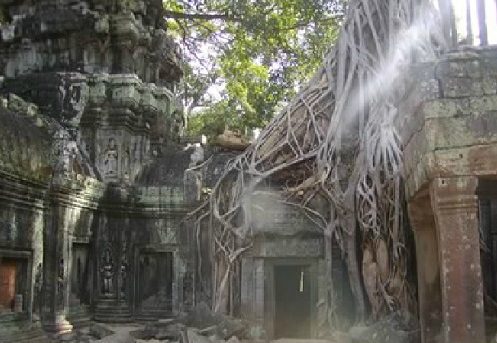
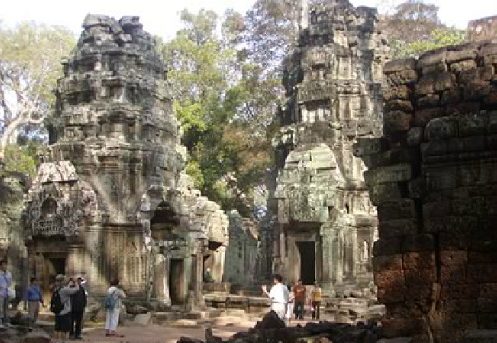
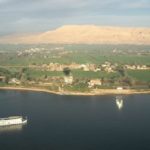

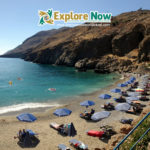


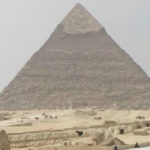
No Comments